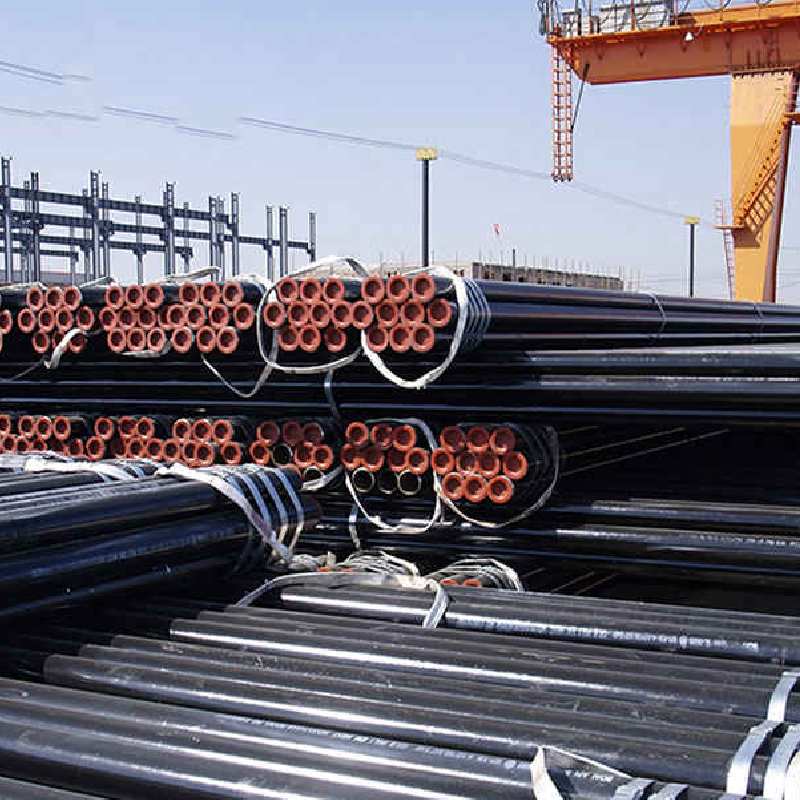-
Cangzhou Yulong Steel Co., Ltd.
-
Phone:
+86 13303177267 -
Email:
admin@ylsteelfittings.com
- English
- Arabic
- Italian
- Spanish
- Portuguese
- German
- kazakh
- Persian
- Greek
- French
- Russian
- Polish
- Thai
- Indonesian
- Vietnamese
- Zulu
- Korean
- Uzbek
- Hindi
- Serbian
- Malay
- Ukrainian
- Gujarati
- Haitian Creole
- hausa
- hawaiian
- Hebrew
- Miao
- Hungarian
- Icelandic
- igbo
- irish
- Japanese
- Javanese
- Kannada
- Khmer
- Rwandese
- Afrikaans
- Albanian
- Amharic
- Armenian
- Azerbaijani
- Basque
- Belarusian
- Bengali
- Bosnian
- Bulgarian
- Catalan
- Cebuano
- China
- China (Taiwan)
- Corsican
- Croatian
- Czech
- Danish
- Esperanto
- Estonian
- Finnish
- Frisian
- Galician
- Georgian
- Kurdish
- Kyrgyz
- Lao
- Latin
- Latvian
- Lithuanian
- Luxembourgish
- Macedonian
- Malgashi
- Malayalam
- Maltese
- Maori
- Marathi
- Mongolian
- Myanmar
- Nepali
- Norwegian
- Norwegian
- Occitan
- Pashto
- Dutch
- Punjabi
- Romanian
- Samoan
- Scottish Gaelic
- Sesotho
- Shona
- Sindhi
- Sinhala
- Slovak
- Slovenian
- Somali
- Sundanese
- Swahili
- Swedish
- Tagalog
- Tajik
- Tamil
- Tatar
- Telugu
- Turkish
- Turkmen
- Urdu
- Uighur
- Welsh
- Bantu
- Yiddish
- Yoruba

Oct . 09, 2024 11:26 Back to list
90 degree elbow threaded
Understanding the 90-Degree Elbow Threaded Fittings An Essential Component in Plumbing and Pipe Systems
In plumbing and piping applications, ensuring the correct flow of fluids is paramount. One of the critical components in achieving efficient fluid movement is the use of fittings, particularly the 90-degree elbow threaded fittings. These specialized fittings play a significant role in directing pipes and changing the flow direction within a piping system. In this article, we will delve into the characteristics, applications, advantages, and considerations surrounding 90-degree elbow threaded fittings.
What is a 90-Degree Elbow Threaded Fitting?
A 90-degree elbow threaded fitting is a type of plumbing connector designed to join two pipes while allowing for a change in direction, specifically a right angle. The term threaded refers to the internal or external threads that facilitate connection to other threaded pipes or fittings without requiring additional tools such as welding or soldering. Traditionally made from materials like brass, stainless steel, or PVC, these fittings are crucial in both residential and industrial applications.
Applications of 90-Degree Elbow Threaded Fittings
These fittings are widely used across various sectors, including
1. Residential Plumbing In home plumbing systems, 90-degree elbows are often used to navigate around walls or obstacles, ensuring that the piping system operates efficiently. 2. Industrial Processes In industrial settings, these fittings are utilized in complex piping systems where fluid transport involves several directional changes, such as in chemical processing or water treatment facilities.
3. HVAC Systems In heating, ventilation, and air conditioning systems, 90-degree elbow threaded fittings help in routing airflow and refrigerants efficiently.
Advantages of 90-Degree Elbow Threaded Fittings
1. Ease of Installation The threaded design allows for quick and easy connections, making installation simple and enabling timely repairs or modifications to piping systems.
90 degree elbow threaded

2. Versatility Available in a range of sizes and materials, 90-degree elbow threaded fittings can accommodate various piping systems, from small home installations to large industrial setups.
3. Durability Depending on the material used, these fittings can withstand pressure and reduce the likelihood of leaks, thus ensuring long-term system integrity.
4. Cost-Effectiveness Compared to other jointing methods like welding, threaded fittings can offer a more economical solution for changing directions in plumbing systems without compromising on quality.
Considerations When Using 90-Degree Elbow Threaded Fittings
Despite their advantages, there are a few considerations to keep in mind
1. Material Compatibility Ensure that the fitting material is suitable for the liquids or gases being transported. For example, using steel fittings in corrosive environments may necessitate protective coatings or the use of stainless steel.
2. Tightening Specifications Over-tightening threaded connections can cause damage to the fittings or the pipes themselves, leading to wear and potential leaks. It is advisable to follow the manufacturer’s specifications for tightening.
3. Flow Restrictions While 90-degree elbows facilitate direction changes, they can also introduce turbulence, which may slightly restrict flow. In critical applications, the number of elbows should be minimized when possible to maintain flow efficiency.
Conclusion
The 90-degree elbow threaded fitting is an integral part of piping systems across diverse sectors. Their ability to facilitate smooth changes in direction due to their threaded design makes them an efficient choice for both professionals and DIY enthusiasts. By understanding their applications, advantages, and necessary considerations, users can effectively incorporate these fittings into their plumbing or piping systems, ensuring optimal performance and reliability.
Latest news
-
ANSI 150P SS304 SO FLANGE
NewsFeb.14,2025
-
ASTM A333GR6 STEEL PIPE
NewsJan.20,2025
-
ANSI B16.5 WELDING NECK FLANGE
NewsJan.15,2026
-
ANSI B16.5 SLIP-ON FLANGE
NewsApr.19,2024
-
SABS 1123 FLANGE
NewsJan.15,2025
-
DIN86044 PLATE FLANGE
NewsApr.19,2024
-
DIN2527 BLIND FLANGE
NewsApr.12,2024
-
JIS B2311 Butt-Welding Fittings LR/SR 45°/90° /180°Seamless/Weld
NewsApr.23,2024











